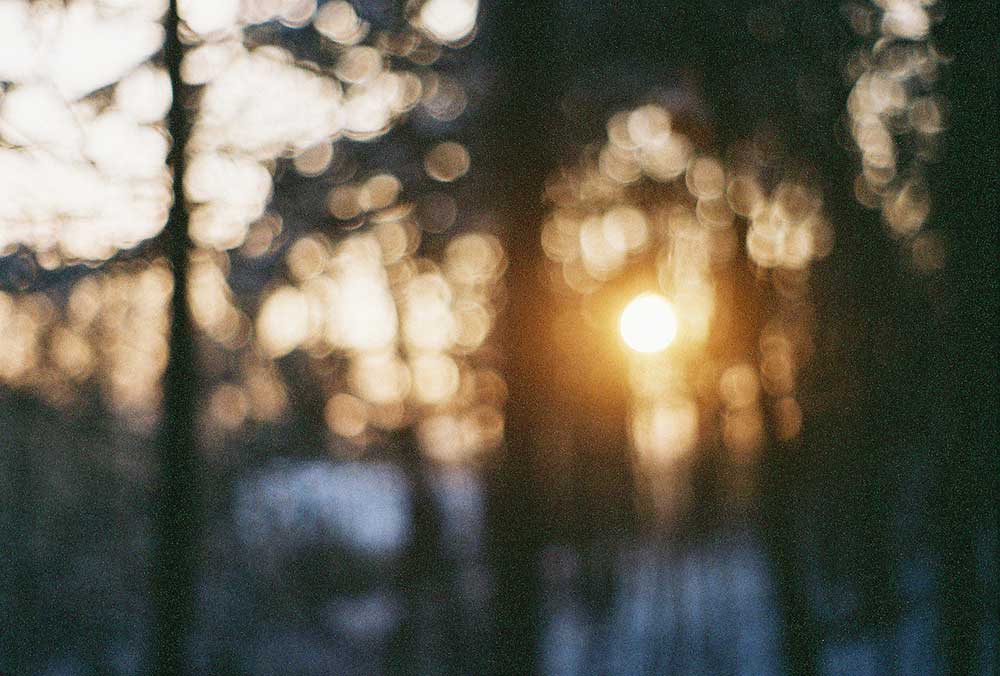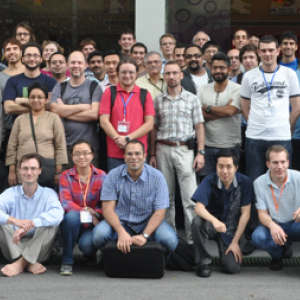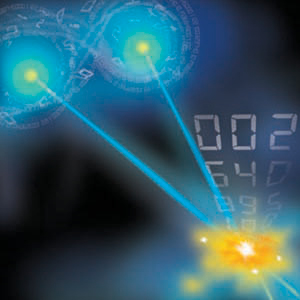Highlights
Discord at play in quantum illumination

Quantum illumination, which helps to image faint objects against a bright background, may outperform classical techniques thanks to noise-resilient correlations known as discord, says an international team including CQT researchers. Image: Marketa, www.flickr.com/photos/toffee_maky, CC-BY-SA 2.0
Since the technique of quantum illumination was proposed in 2008, it has presented an enigma. The technique improves the signal-to-noise ratio when imaging a faint object against a bright light, using entangled photons as a probe. The puzzle is that the improvement persists even when the noise is strong enough to destroy every shred of entanglement. So where is the quantum advantage coming from?
In a paper published in April in the New Journal of Physics, an international team including researchers from the Centre for Quantum Technologies (CQT) suggests that discord could be the answer. Discord is a measure of quantum correlations that captures effects beyond entanglement.
Out of the shadows
If you visit a quantum optics laboratory, one finds most detectors enshrouded in black boxes. There's a good reason. Quantum effects are considered fragile things – to be kept in the shadows, isolated from the noise induced by rogue sources of light.
Entanglement certainly needs gentle treatment, but discord, not so much. Discordant correlations are noise-resilient. What makes them even more interesting is growing evidence that discord can be useful, powering some information-processing tasks.
CQT's Mile Gu, Jayne Thompson and Vlatko Vedral, together with colleagues from the University of York and QKD Corp decided to investigate if discord plays a role in quantum illumination.
Into the light
In quantum illumination, one prepares two modes of entangled light. One beam, named the idler, is kept in the laboratory, while the other is sent towards the object hidden in the glare of background light. By collecting the reflected light (which most of the time, is simply random photons) and interfering it with the idler beam; you can learn about the faint object. The technique is able to outperform any classical method.
"Quantum illumination really helped highlight that not all quantum technologies are extremely fragile," says Jayne, "by understanding the underlying cause of this surprising resilience, we may be able to identify other situations where quantum technologies can be adapted to real world conditions where noise is ever-present."
The team evaluated the amount of quantum discord that survived the illumination process, showing that it can be exactly related to the performance advantage of quantum illumination. The finding was earlier highlighted in a Nature Physics news article reviewing where discord may play a role in quantum technologies.
The work may have foundational implications too. "Quantum discord has been a fairly controversial measure of quantum correlations because of its noise resilience," says Mile, who led the project. He is a National Research Foundation Fellow. "Our work demonstrates that perhaps the resilience of quantum illumination is exactly because such noisy correlations can still be considered quantum."
Learn more
Related Stories
 | Singapore hosts first international workshop on quantum discord January 19 2012 |
 | Results show that discord can deliver a quantum advantage August 07 2012 |






